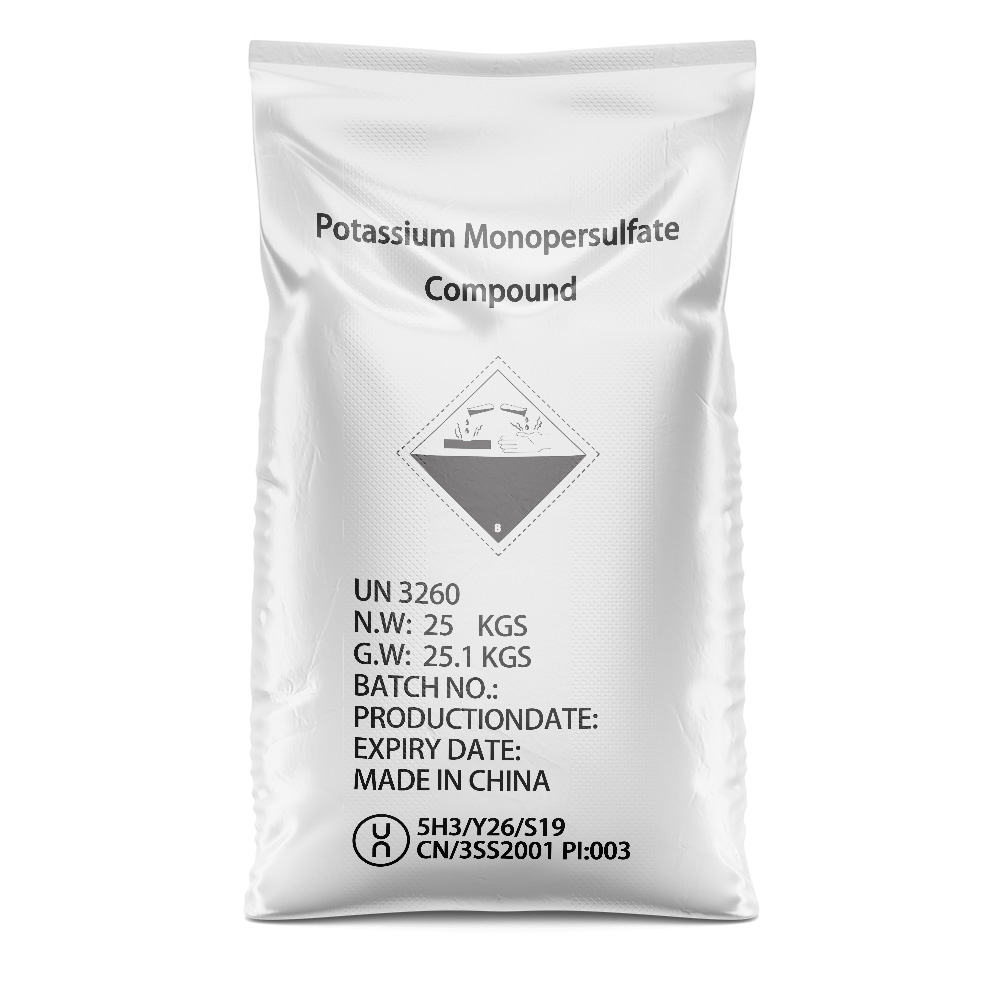



Understanding the Solubility of Polyacrylamide in Aqueous Solutions for Various Applications
Polyacrylamide Solubility in Water A Comprehensive Overview
Polyacrylamide (PAM) is a versatile synthetic polymer widely used in various fields, including wastewater treatment, soil conditioning, and even in the food industry. The solubility of polyacrylamide in water is a critical factor that determines its applications and effectiveness. In this article, we will explore the properties, solubility characteristics, and practical implications of polyacrylamide in aqueous environments.
What is Polyacrylamide?
Polyacrylamide is formed through the polymerization of acrylamide monomers, resulting in a long-chain polymer. Depending on the molecular weight and degree of cross-linking, PAM can exist in various forms, including linear and cross-linked structures. The properties of polyacrylamide allow it to function effectively as a flocculant, thickening agent, and stabilizer.
Solubility Characteristics
The solubility of polyacrylamide in water is influenced by several factors, including its molecular weight, the presence of ionic groups, and environmental conditions such as temperature and pH. Generally, polyacrylamide is highly soluble in water, particularly in its linear form. The solubility is attributed to the polar nature of the acrylamide groups, which can form hydrogen bonds with water molecules, facilitating the dissolution process.
However, the solubility can vary significantly with changes in the chemical structure of the polymer. For instance, acrylamide can be modified to introduce ionic groups, resulting in amphoteric or anionic polyacrylamide. These modified forms often demonstrate improved solubility in brine or saline solutions, making them suitable for specific applications.
Factors Affecting Solubility
1. Molecular Weight Higher molecular weight polyacrylamides tend to have lower solubility at elevated concentrations due to the increased viscosity of the solution. This behavior can limit their application in some processes where a lower viscosity is desired.
2. Ionic Content The introduction of ionic groups into the polyacrylamide structure can enhance its solubility, particularly in ionic environments. Anionic polyacrylamides are often more soluble in solutions with higher ionic strength, while cationic forms perform well in low-ionic-strength environments.
polyacrylamide solubility in water

3. Temperature and pH Increased temperature typically enhances the solubility of polyacrylamide. However, high temperatures can also lead to gelation or degradation of the polymer if not carefully controlled. Additionally, pH levels can affect the ionization of the polymer, thereby influencing solubility.
Practical Applications
The high solubility of polyacrylamide in water allows for a wide range of applications across various industries
- Wastewater Treatment Polyacrylamide is extensively used as a flocculant in wastewater treatment facilities. Its ability to promote particle agglomeration leads to improved sedimentation and filtration processes.
- Soil Erosion Control In agriculture, polyacrylamide enhances soil structure and stability, reducing erosion and aiding water retention in arid regions. It helps improve the efficiency of irrigation practices.
- Industrial Applications In the oil and gas industry, polyacrylamide is used in enhanced oil recovery processes. Its solubility characteristics contribute to improved displacement efficiency during extraction.
- Food Industry PAM is often employed as a thickener in food products due to its water solubility and safety profile.
Conclusion
The solubility of polyacrylamide in water is a pivotal attribute that influences its functionality and versatility in numerous applications. Understanding the factors that affect solubility can aid researchers and practitioners in optimizing polyacrylamide formulations for specific uses. As industries continue to evolve, the demand for effective and environmentally friendly solutions reinforces the importance of polyacrylamide's role in diverse scientific and operational contexts. Its unique properties elucidate why polyacrylamide remains a critical component in modern applications, driving advancements in technology and improving the quality of products and processes across many sectors.
-
Why Sodium Persulfate Is Everywhere NowNewsJul.07,2025
-
Why Polyacrylamide Is in High DemandNewsJul.07,2025
-
Understanding Paint Chemicals and Their ApplicationsNewsJul.07,2025
-
Smart Use Of Mining ChemicalsNewsJul.07,2025
-
Practical Uses of Potassium MonopersulfateNewsJul.07,2025
-
Agrochemicals In Real FarmingNewsJul.07,2025
-
Sodium Chlorite Hot UsesNewsJul.01,2025










